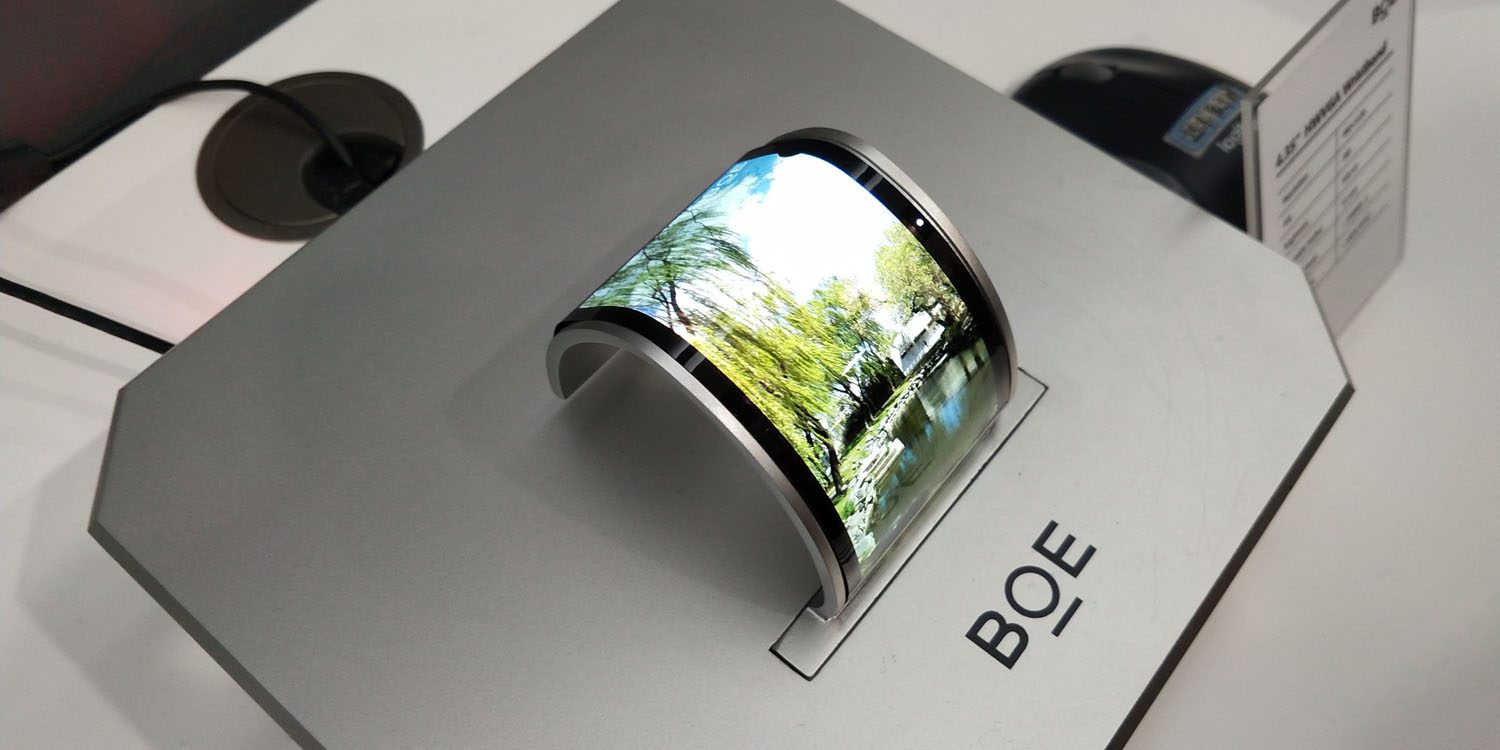Samsung is the exclusive supplier of OLED panels to Apple. This year, Apple supplied roughly 50 million panels that were used for the iPhone X, and according to recent reports, production looks set to roughly quadruple next year. After long months of problems, which were borne in the spirit of low production yield, it seems that everything is in ideal condition and Samsung will be able to produce up to 200 million 6″ OLED panels during the next year, which will basically all end up with Apple.
It could be interest you

Samsung makes the best and highest quality possible panels for Apple that the company can design and manufacture. And even at the expense of their own flagships, which thus receive second-rate panels. So it's no wonder that the iPhone X's display has become the best to hit the market this year. However, it is not free, as Samsung charges approximately $110 for one manufactured display, which makes it by far the most expensive item of all the components used. In addition to the panel itself, this price also includes the touch layer and protective glass. Samsung supplies Apple with panels completed in ready-made modules and ready to be installed in phones.
It could be interest you

In the first half of the year, there was often talk about how panel production was stalling. The production yield of the A3 factory, where Samsung produces panels, was around 60%. So almost half of the panels produced were unusable, for several different reasons. This was originally supposed to be behind the iPhone X shortage. The yield has gradually improved and now, at the end of 2017, it is said to be close to 90%. In the end, problematic production of other components was responsible for problems with availability.
It could be interest you

With this kind of production efficiency, it shouldn't be a problem for Samsung to meet all the capacity requirements that Apple dictates over the next year. In addition to the displays for the iPhone X, Samsung will also produce panels for the new phones that Apple will introduce in September. The iPhone X is already expected to "split" into two sizes in the same way that has been common for other iPhones in recent years - a classic model and a Plus model. Next year, however, problems with availability should not arise, as production and its capacity will be sufficiently covered.
Source: Appleinsider